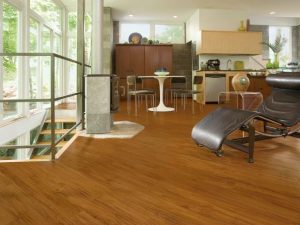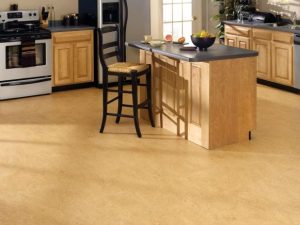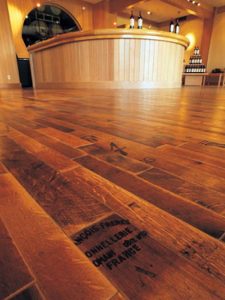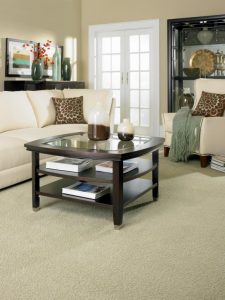Tasty recycling: wood floors handcrafted from reclaimed wine barrels
Vinyl In demand

Carpet leads the way
Growing with green

• Nontoxic cork is taken from bark of the cork oak tree. It’s used to make cork flooring and is a key ingredient in eco-friendly linoleum. Cork is a sustainable material, meaning the bark grows back and can be harvested repeatedly. Corkoleum, from US Floors, combines the best attributes of natural cork in its linoleum products.
• Further proof that wine is beneficial: the Vintage Barrel Collection, from Fontenay, is a fully reclaimed-wood flooring product made from white-oak wine barrels.


Wine barrel flooring from Fontenay.
Carpeting made with corn-sugar fiber from Mohawk.


Comments are closed.